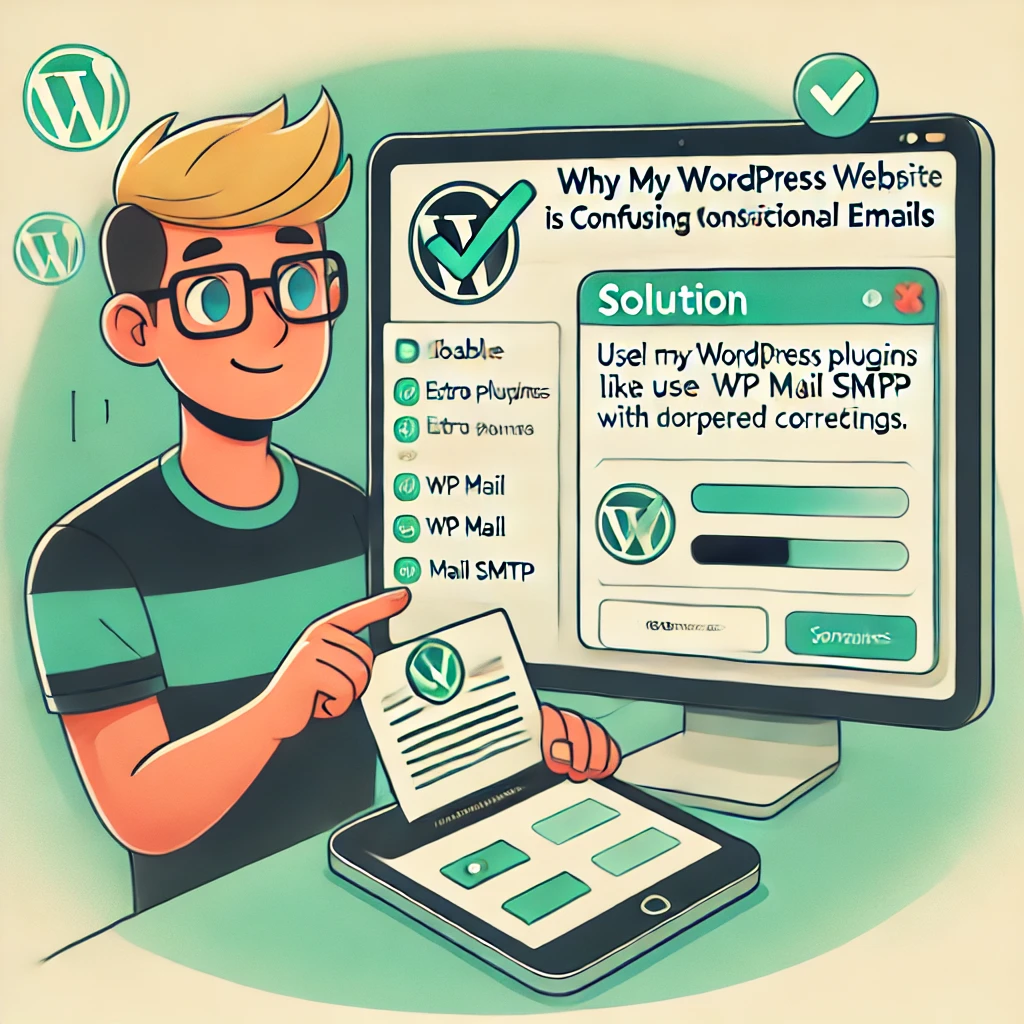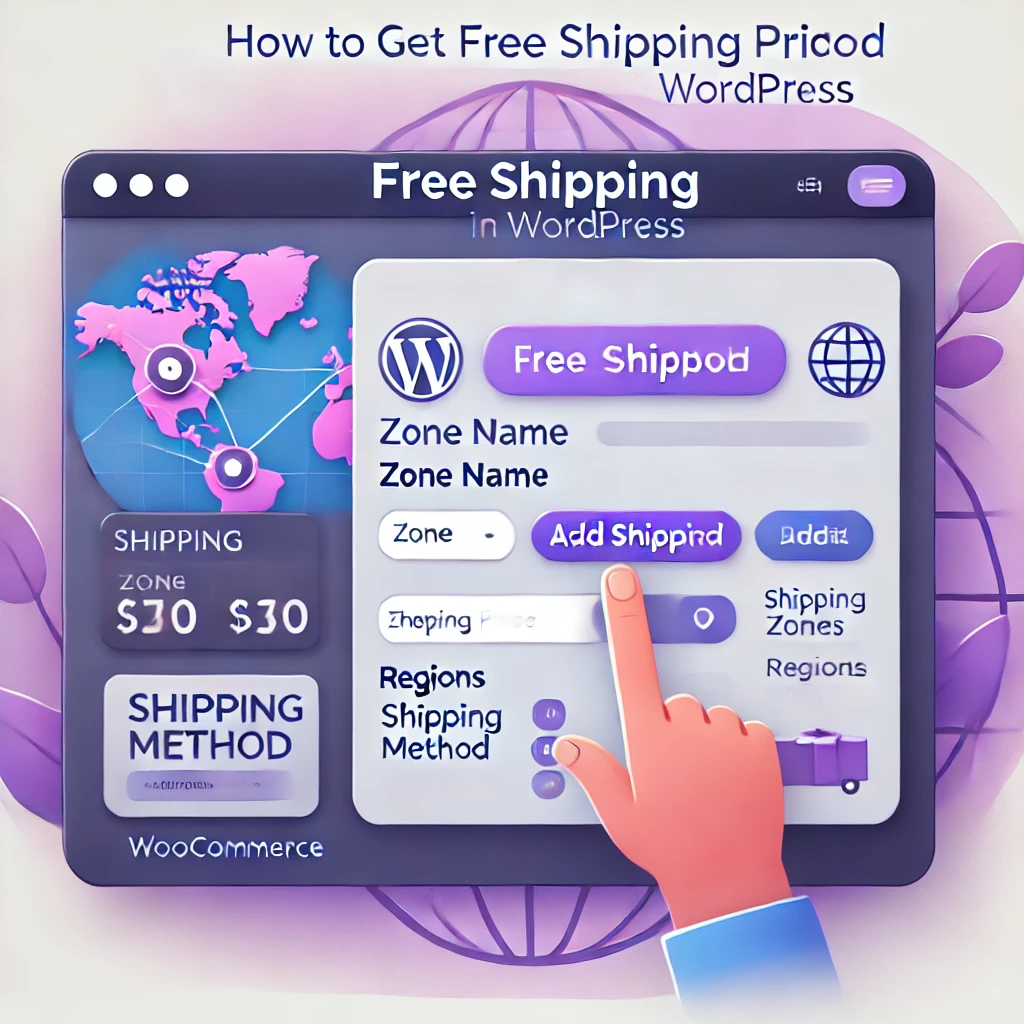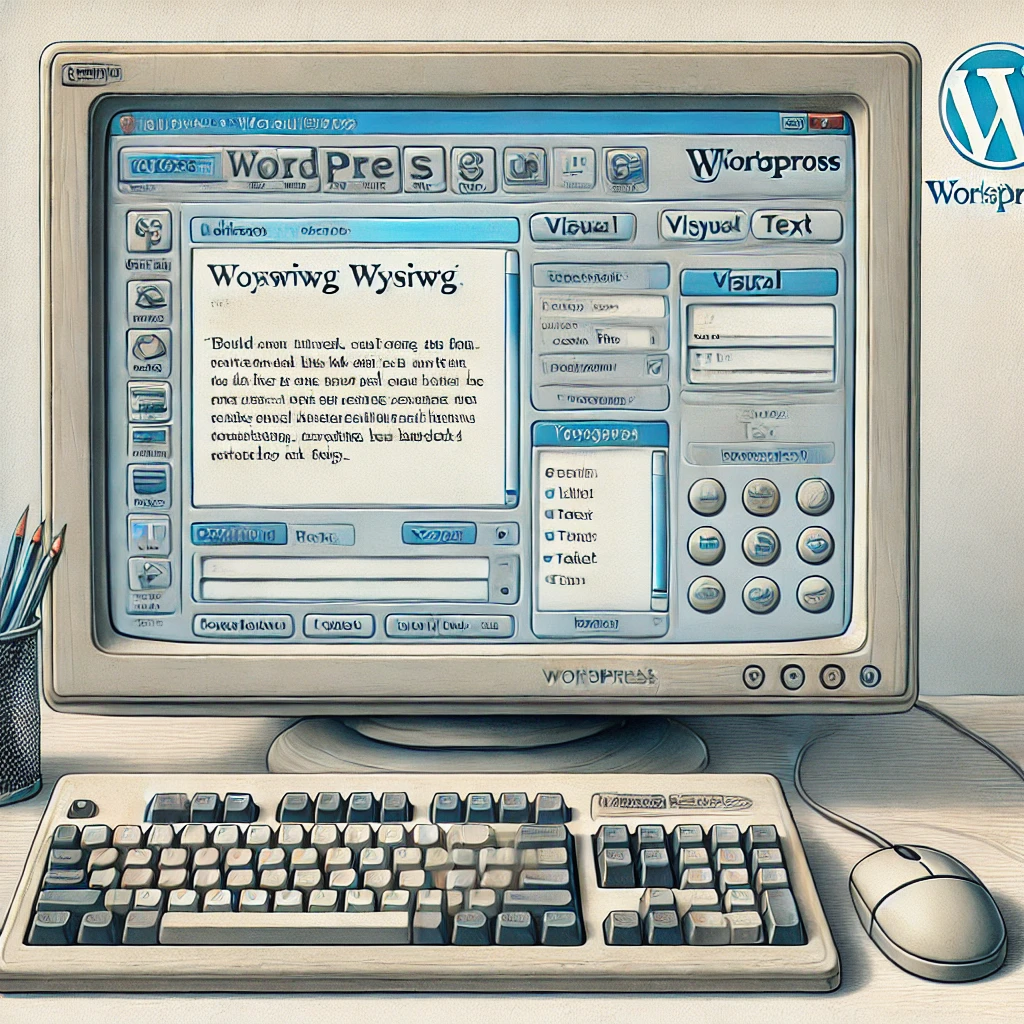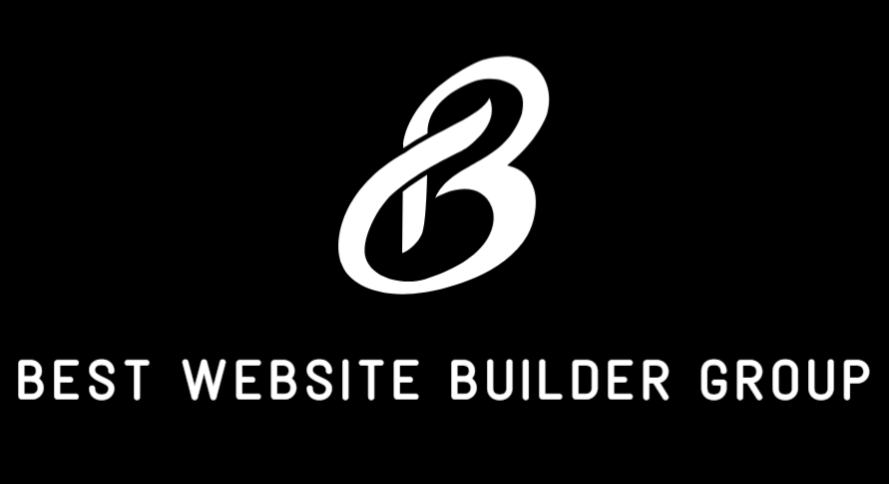One of the most overlooked — yet most critical — components in a successful ad campaign is the landing page. If you’ve ever asked yourself, how landing pages affect ad conversion rate, the short answer is: dramatically. The quality, structure, and messaging of your landing page can either multiply your return on ad spend (ROAS) or waste your budget altogether.
At Best Website Builder Group, we’ve seen businesses double or triple their conversion rates just by improving their landing pages — even when using the exact same ads.

The Role of Landing Pages in Paid Advertising
A landing page is the destination URL users visit after clicking on an ad. Whether you’re advertising on Facebook, Google, Instagram, or TikTok, the ad itself generates interest — but it’s the landing page that closes the deal.
If your ad promises something compelling (like “Get 50% off your first visit”), but your landing page is confusing, generic, or off-topic, your potential customer will bounce — and you’ll pay for a click that leads nowhere.
In other words: ads create traffic — landing pages create conversions.
Why Landing Pages Matter More Than Ever
Modern ad platforms reward relevance. Whether it’s Google’s Quality Score or Facebook’s Relevance Score, your ads perform better — and cost less — when users engage with them. But engagement isn’t just measured by the click. What happens after the click determines how your campaign is judged.
If you’re using a generic homepage as a landing page, you’re likely confusing visitors with too many options, too much text, or irrelevant sections. That’s why understanding how landing pages affect ad conversion rate is essential for any serious marketer or business owner.
Characteristics of High-Converting Landing Pages
To increase ad conversion rates, a landing page must:
- Match the ad’s message and offer exactly
- Load quickly, especially on mobile
- Minimize distractions (no navigation bars, pop-ups, or unrelated links)
- Use a clear headline and CTA
- Include trust-building elements (reviews, guarantees, secure badges)
- Use persuasive visuals that align with the product or service
These elements signal to the visitor: “You’re in the right place, and here’s exactly what to do next.”
At Best Website Builder Group, we implement these principles into every landing page design — especially for clients running Facebook and Google Ads where every second (and pixel) matters.

How Message Matching Impacts Conversion
A common mistake in ad campaigns is poor message matching between the ad and the landing page. For example, if your ad says “Download Our Free Tax Checklist,” your landing page must immediately say the same. If it simply says “Welcome to Our Tax Firm” or has a generic services list, the user may lose trust or interest.
This drop in consistency — even by a few words — can cut your conversion rate in half.
Your ad and landing page should feel like part of the same experience. This increases trust, relevance, and likelihood to convert.
Load Speed and Conversion Rate
Page load speed is another crucial factor. According to Google research, 53% of mobile users abandon a site that takes longer than 3 seconds to load. No matter how good your ad is, a slow landing page kills conversions.
Landing pages built with bloated page builders or overloaded with animations may look great — but they sabotage performance. We use lightweight, conversion-focused frameworks at Best Website Builder Group to keep things fast and mobile-optimized.
We also recommend using Google PageSpeed Insights to test landing page performance and make informed decisions on optimization.
How Design Affects Trust and Conversions
Design isn’t just about aesthetics — it’s about psychology. When someone lands on your page, they subconsciously evaluate whether your business is trustworthy. A sloppy, outdated, or confusing layout causes friction and doubt.
On the other hand, a professional, clear, and modern landing page builds confidence and drives action.
Design elements that enhance trust include:
- Testimonials or Google reviews
- Brand logos or press mentions
- Clean, consistent color palette
- Visible contact information
- SSL/security seals (especially for forms or payments)
At Best Website Builder Group, we often run heatmaps and behavior analysis to see how users interact with client pages, helping us design for the real-world behavior of real users.

CTA Placement and Clarity
Your call-to-action (CTA) is the entire purpose of the landing page. It must be:
- Clear (“Book Your Demo” or “Get Instant Access”)
- Prominent (above the fold and repeated if the page is long)
- Singular (one CTA is better than many)
Pages with multiple CTAs (e.g., “Contact Us,” “Download This,” and “Read Our Blog”) confuse visitors and reduce the likelihood of taking any action.
We recommend placing your CTA in several key spots:
- Above the fold
- Mid-scroll (especially if using testimonials)
- At the very bottom after restating the offer
Metrics That Show How Landing Pages Affect Ad Conversion Rate
Want to see how effective your landing page is? Monitor these metrics:
- Click-through rate (CTR) on your ad: high CTR but low conversions = page problem
- Bounce rate on your landing page: high bounce = poor message match or load speed
- Conversion rate on your form or CTA: under 10% often indicates room for improvement
- Time on page and scroll depth: show how engaged users are
Using tools like Google Analytics, Hotjar, or Meta Pixel data, you can spot exactly where users are dropping off — and fix it.
Real-World Example of Landing Page Impact
We worked with an eCommerce store running Meta ads for their protein supplements. The ads had a great CTR, but conversions were under 1.5%.
We rebuilt their landing page to:
- Match ad copy more precisely
- Load in under 2 seconds on mobile
- Feature their best customer reviews above the fold
- Highlight a simple “Shop Now” button
After the change, conversions jumped to 6.2%, and cost per acquisition dropped by 48%.
This kind of result happens consistently when landing pages are properly built — not just aesthetically, but strategically.

When to Create Multiple Landing Pages
Often, one landing page isn’t enough. If you’re targeting different audiences, products, or offers, you’ll need multiple pages — each tailored to its ad group.
This is especially true for:
- Service-based businesses targeting different cities or services
- E-commerce brands with multiple product lines
- Coaches or consultants running different funnels
- Multi-location businesses running geo-specific ads
At Best Website Builder Group, we often create entire systems of landing pages that work in tandem with ad campaigns and SEO goals.
Conclusion
Understanding how landing pages affect ad conversion rate is not optional — it’s foundational. The best ad in the world can’t overcome a weak or mismatched landing page. If you’re spending money on traffic, you need a place for that traffic to land, engage, and take action.
Whether you need a single high-converting page or a scalable system for multiple campaigns, the Best Website Builder Group is here to help you build landing pages that don’t just look good — they perform.
